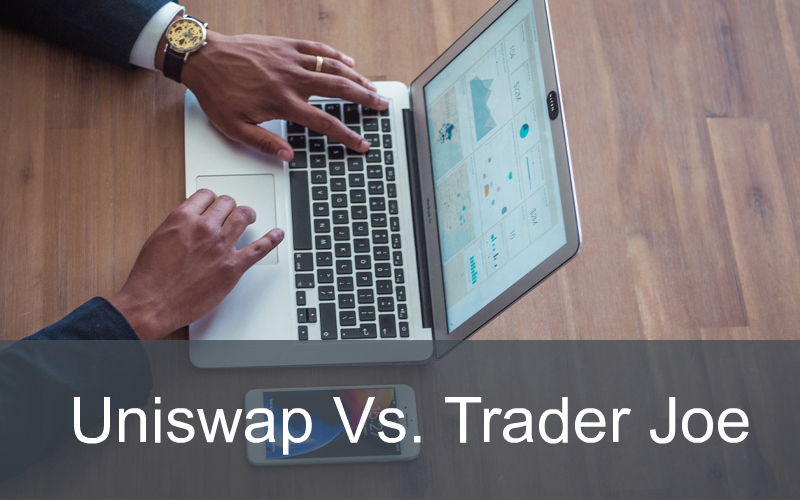Decentralized Exchange (DEX) have been driving the crypto and blockchain space. Uniswap has been a leading player in the decentralized finance (DeFi) field, however, a new challenger is swiftly gaining ground. That challenger is known as Trader Joe, a capital-efficient DEX platform. It is becoming very popular in the DeFi space due to its Liquidity Book (LB) model.
In comparison to Uniswap V3's Liquidity Book, LB on the Trader Joe platform provides liquidity provision to smaller liquidity providers. Instead of spreading out the funds across the entire price spectrum, it allows them to focus their funds in a certain price range, thus making it more cost-efficient for these liquidity providers. Furthermore, Trader Joe also charges higher base fees than Uniswap, meaning traders and liquidity providers can earn more fees on every trade.
Data presented by Chase showed that the liquidity concentration rate for Arbitrum's WETH-USDC is 36.5% on Trader Joe's V2, significantly higher than Uniswap V3's 19.9% and SushiSwap's 4%. This further suggests that Trader Joe's LB allows users to optimise their liquidity provision while avoiding excessive costs.
As of now, the circulating market capitalization of Uniswap is worth over $4.5 billion with a trading volume of $831 billion,while Trader Joe’s market cap is currently at $195 million with a trading volume of $29 billion. This is significantly lower than Uniswap's, suggesting that it still has a long way to go to compete with UniSwap and attract larger trading volumes.
In conclusion, the current DeFi space is hugely competitive. With the emergence of innovative solutions such as Trader Joe, DeFi users and investors can now diversify their investments in various crypto platforms in order to maximise returns and enjoy the benefits of DeFi technologies. Despite the differences, the industry is on the verge of growth and the rivalry among the players should bring tremendous benefits to users and the industry as a whole.
 Wyatt Alvarez
Wyatt Alvarez
- 2023-04-07
Uniswap Challenged by Trader Joe
A look at how Trader Joe is challenging Uniswap's dominance in the Decentralized Finance (DeFi) field by introducing cost-efficient solutions which are attractive to liquidity providers.

